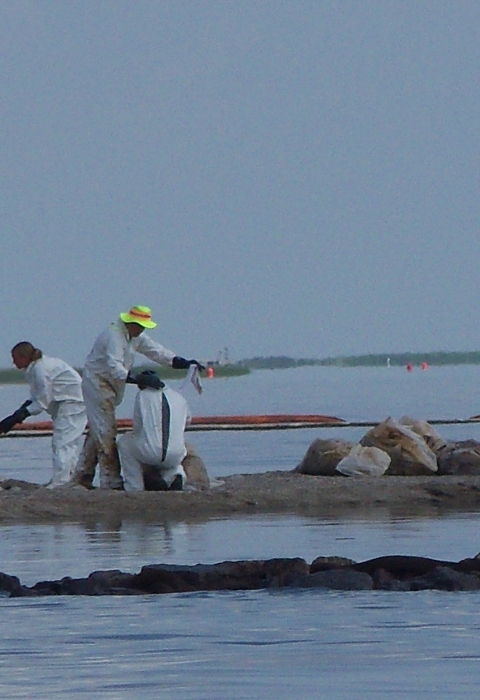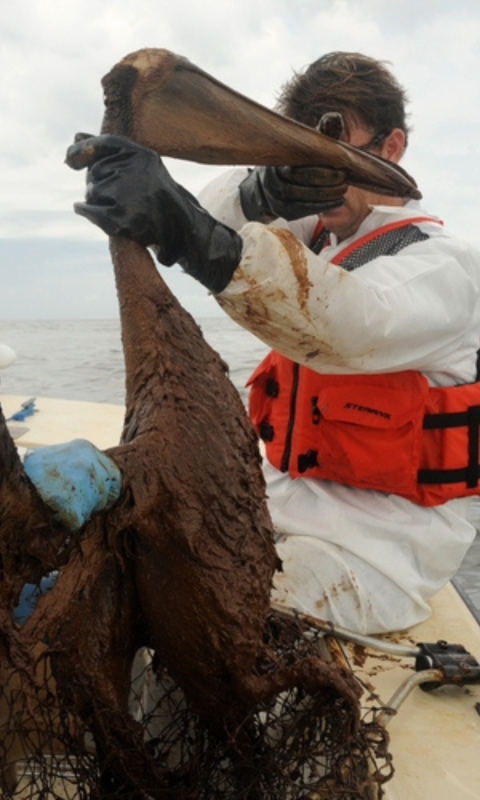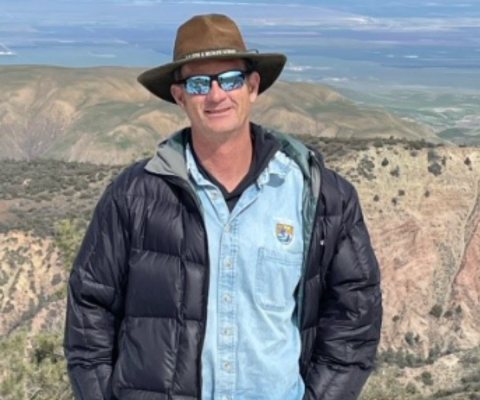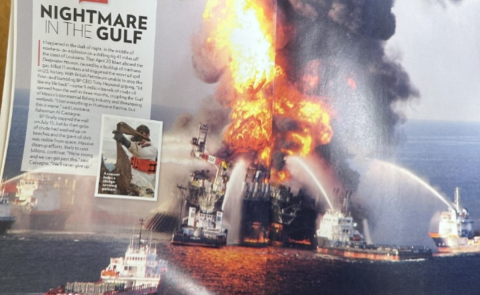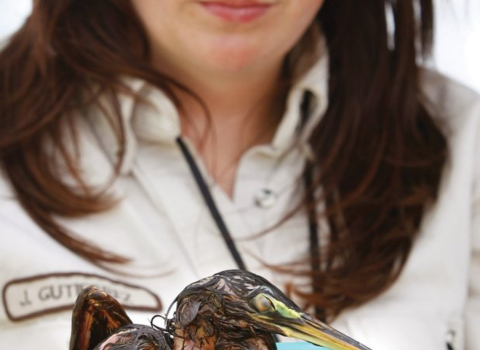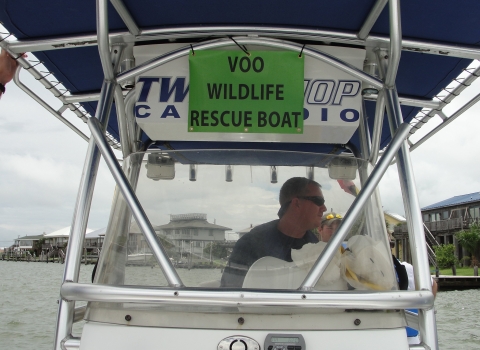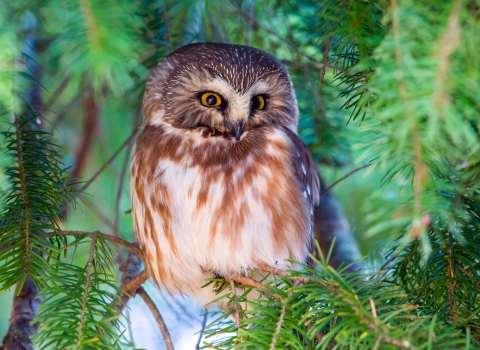Welcome back to our After the Spill: Deepwater Horizon series where we will be sharing firsthand accounts from Service employees who were on the ground (or the water) in the Gulf during the immediate aftermath of Deepwater Horizon.
Below you can read an account from Jeff Phillips about his deployment. Jeff is a senior fish and wildlife biologist and has responded to numerous spills throughout his career.
Jeff Phillips, Senior Fish and Wildlife Biologist
During a recent training for oil spill response staff, we were talking about how big spill events become significant milestones we remember throughout our careers. For me, the Refugio Oil Spill in Santa Barbara, the anthrax attacks in Washington D.C., the Port Royal ship grounding in Pearl Harbor, and the Deepwater Horizon Oil Spill in the Gulf all fall into this category, among others.
In Deepwater Horizon, I flew in to help from the Pacific Islands Field Office in Honolulu where I worked at the time as the Environmental Contaminants Coordinator. I spent two weeks assisting with wildlife reconnaissance and recovery. We spent very long days, day after day, in small boats searching all of the nooks and crannies of all of the coastal inlets, bays and wetlands within a day's reach of Grand Isle, Louisiana to find oiled wildlife in distress, capture them, and bring them in for cleaning and rehabilitation. It was sad, dirty, hot and defeating work but we established lifelong bonds among our fellow responders, the small boat captains, and the local population that bore the brunt of the spill's impacts. First of which (for humans) was the economic impact of the near-complete shutdown of a community that depends on fishing, seasonal recreation and tourism for its income. We formed a lasting bond with the environment and the people there.
A couple of notable memories that stand out: one day from our small boat we watched President Obama's Air Force One helicopter come in for a landing just a couple of hundred yards from us. In another, popular TV biologist and naturalist Jeff Corwin got himself and his film crew assigned to our little boat for a day to document first-hand the oiled wildlife and how we conducted wildlife recovery. He was a really nice guy and would stand up from time to time on the bow of the boat to deliver impromptu clips for his camera person explaining the significance or biology of various things we were seeing. His ecological knowledge was impressive. I guess because of that day, a photo of me capturing a horrifyingly oiled pelican ended up in the Associated Press and got picked up by media and websites all over the place. Half a year later, a girlfriend of mine called me from a hair stylist waiting room and said, do you know there's a picture of you holding an oiled pelican in the 2011 People Magazine Yearbook? There I was on page eight, just after Sandra Bullock!
----------------------------------------------------------
Stay tuned for more firsthand accounts from Service employees in our After the Spill: Deepwater Horizon series.
